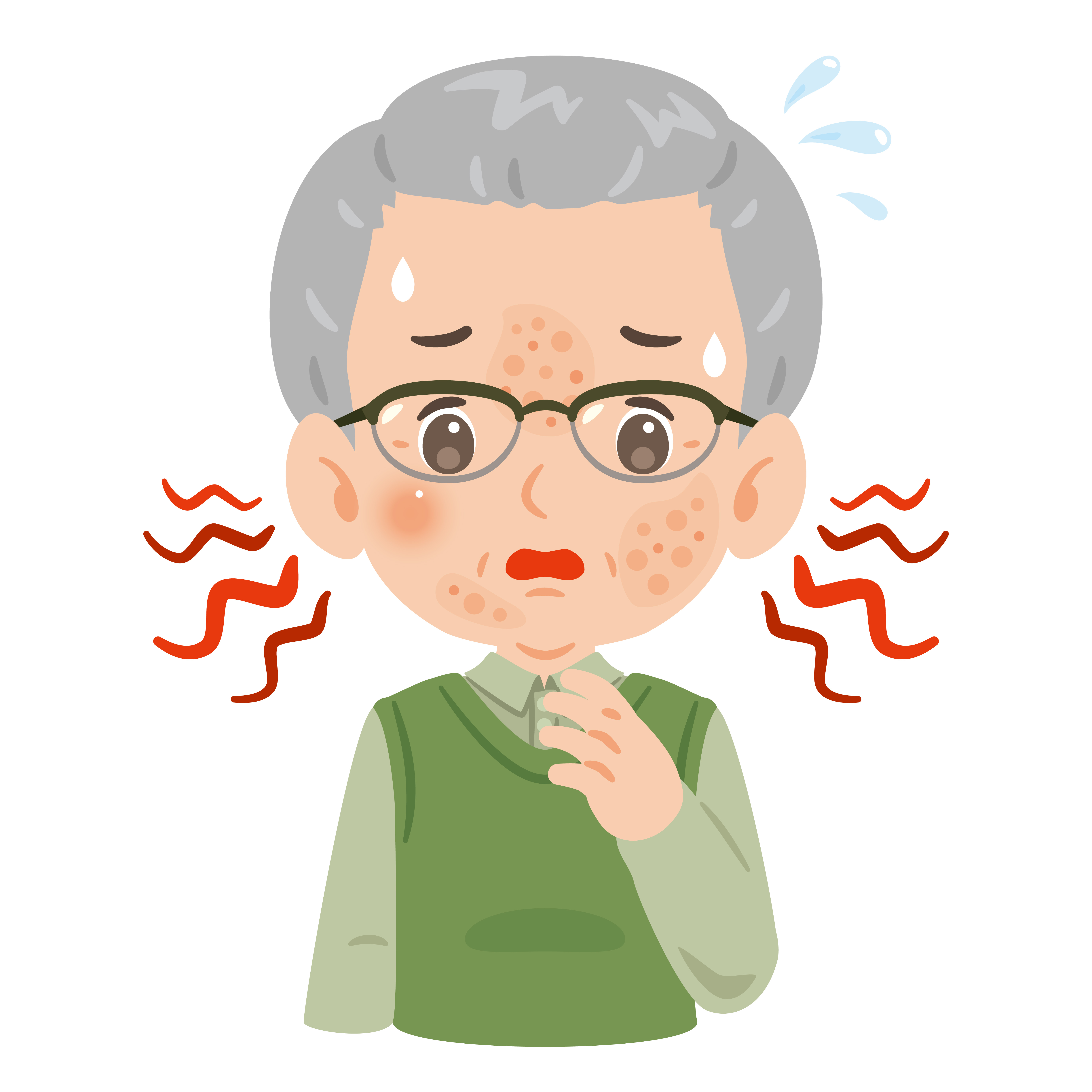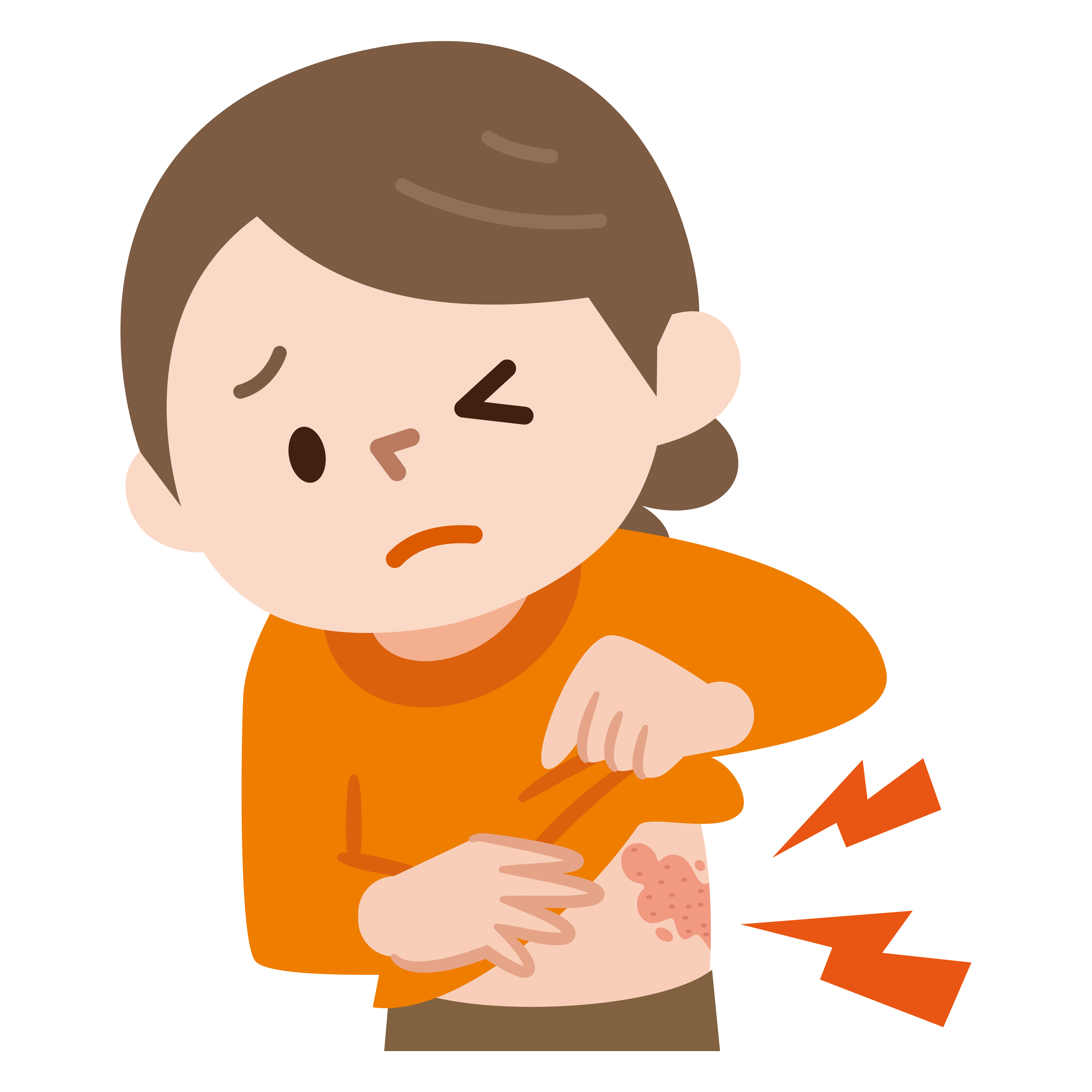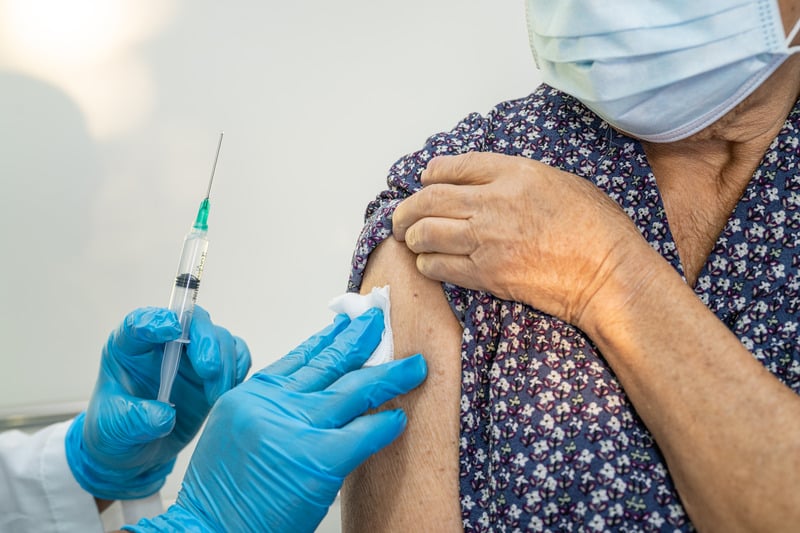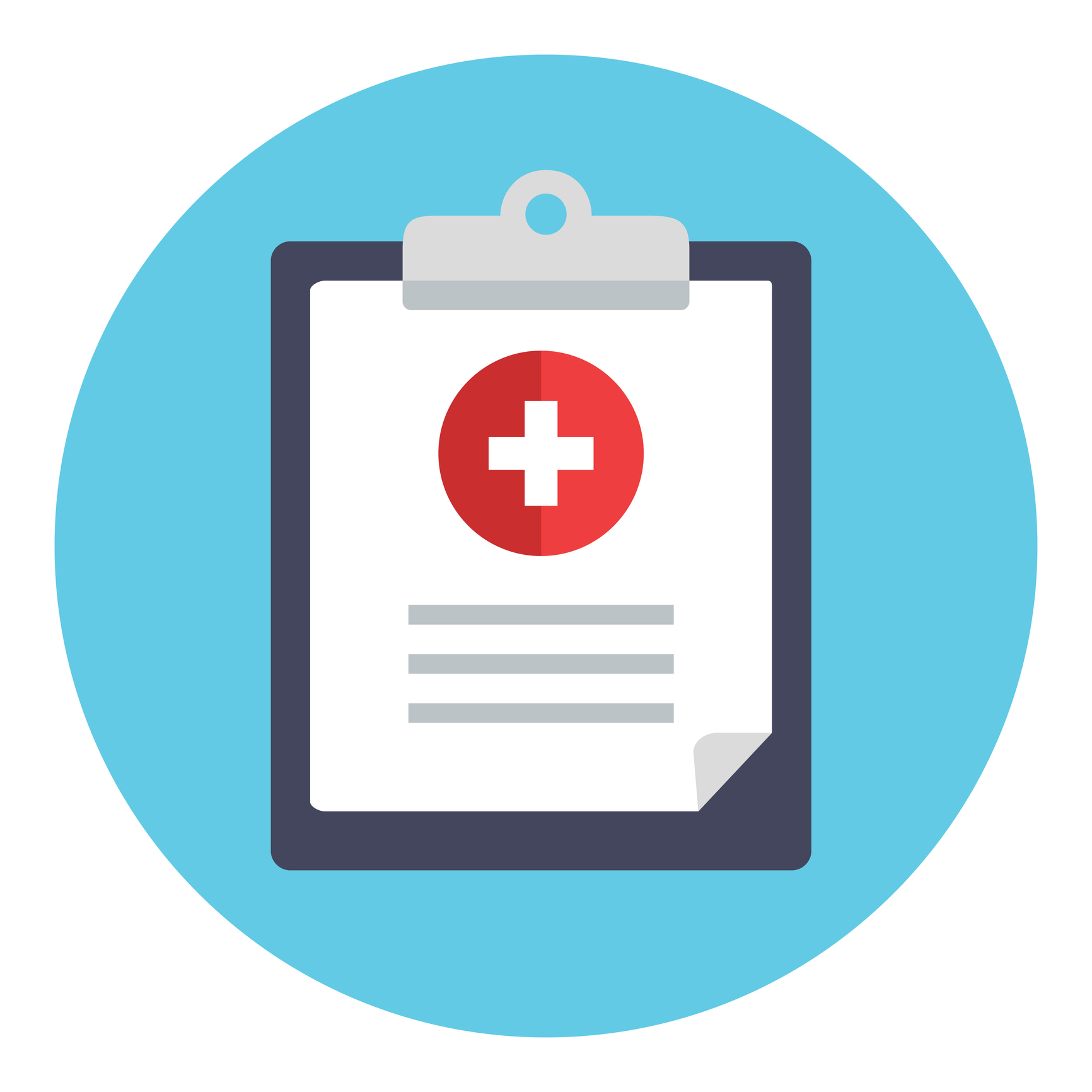
Symptoms of shingles rash:
- Itchy, tingling, and/or burning of the skin that develops into painful, blister-like sores that spread over one side of the body (usually the face or torso)
- Rash/sores lasting 7 to 10 days before the blisters begin to scab over
- It generally takes 2 to 4 weeks for the scabs to fully heal and clear up
Other symptoms may include:
- Fever
- Headache
- Chills
- Nausea
If you think you may have these symptoms, talk with your healthcare provider.
Complications:
The most common complication of shingles is long-term nerve pain that can last from months to years after the rash has gone away.

Very rarely, shingles can also cause:
- Eye complications, including vision loss
- Infection of the lungs (pneumonia)
- Hearing problems
- Brain inflammation (meningitis or encephalitis)
Older adults and people with weakened immune systems are more likely to develop long-term nerve pain and have severe complications from shingles.







